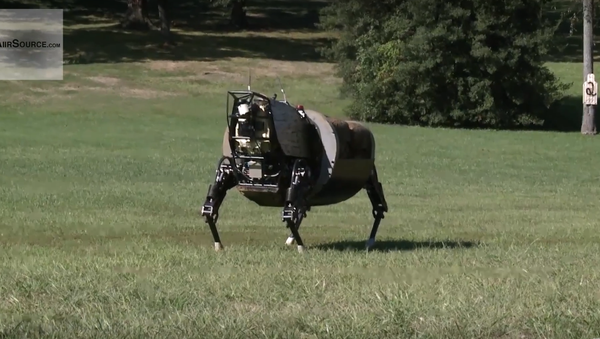LS3, dubbed Cujo after a killer dog in a Stephen King novel, was five years in development before being unveiled in 2012. The machine was designed to be a robotic mule to carry loads weighing over 400 pounds and move through rugged terrain maneuvering around large obstacles that are impracticable for other all-terrain vehicles.
Kyle Olson, a spokesman for the Warfighting Lab, pointed out that the robot’s gas-powered internal combustion engine is too noisy for military missions.
“As Marines were using it, there was the challenge of seeing the potential possibility because of the limitations of the robot itself,” Olson said on military.com. “They took it as it was: a loud robot that’s going to give away their position.”
According to the Daily Mail, the LS3 had other challenges that seemed insurmountable by the military, including repairs in the field and patrol integration.
The list of disadvantages prevents Google’s robot dogs from military service in the near future. The best the Marines can gain for now, according to Defense One, is to use some of the technologies developed for “robot-dogs,” as well as the lessons learned from their failures, in creating other devices.



